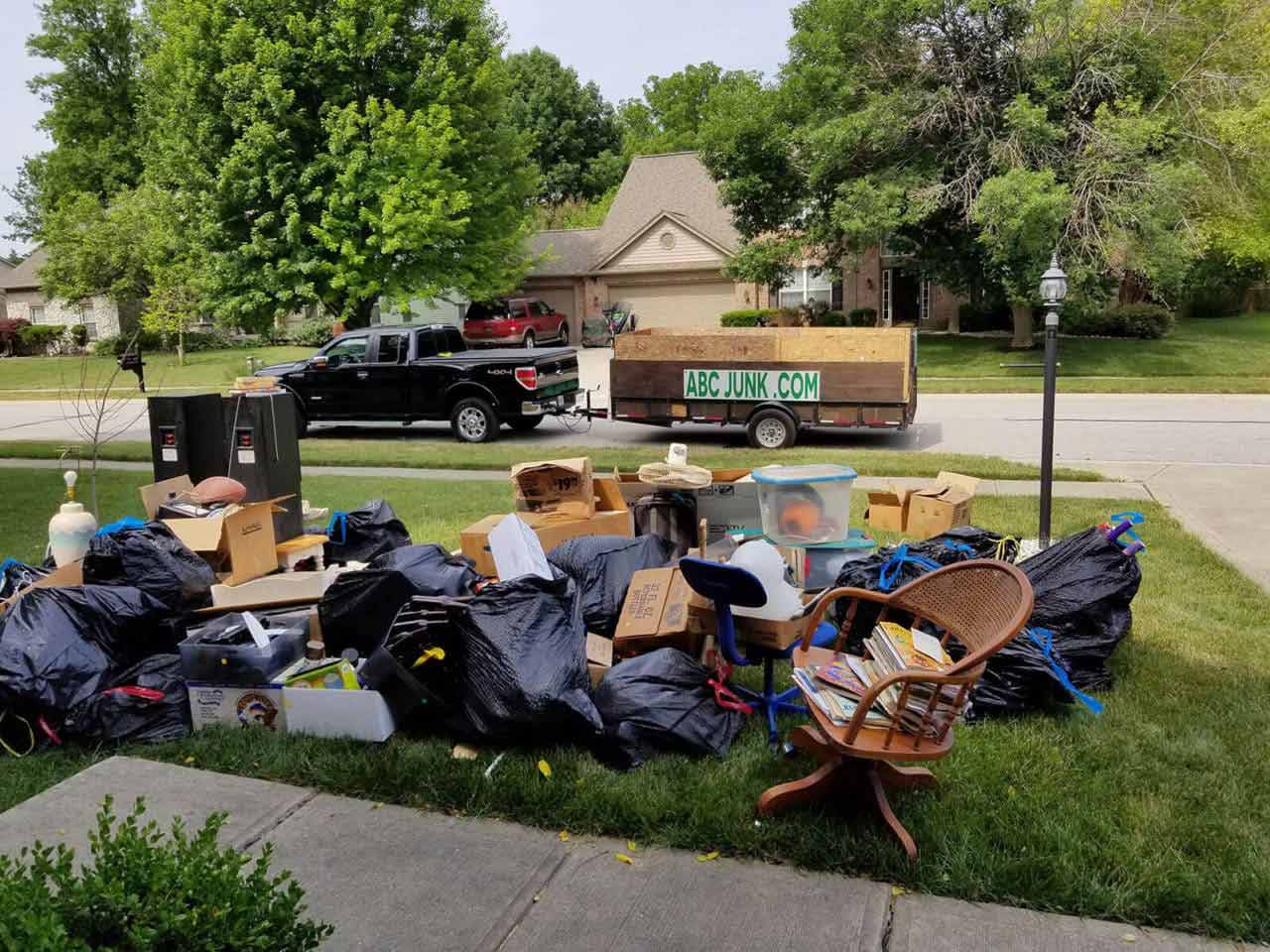Specialist Waste Administration Techniques Customized for Industrial Setup
In commercial settings, the administration of waste is a crucial aspect that requires accuracy and proficiency. Customizing waste administration techniques to fit the unique requirements of industrial settings is not simply valuable however vital for keeping operational effectiveness and ecological sustainability. By understanding the complexities of various kinds of hazardous waste, implementing appropriate dealing with treatments for unsafe materials, and developing reliable recycling methods, companies can substantially lower their environmental footprint and potential liabilities. The mission for better waste administration in commercial settings includes a thorough method that stabilizes regulative compliance, cost-effectiveness, and ecological duty.
Value of Tailored Waste Management
Customized waste monitoring practices are crucial in commercial settings to maximize resource application and reduce environmental effect. Industrial operations produce a considerable quantity of waste, ranging from solid results to chemical contaminants, positioning a risk to the setting otherwise handled properly (Atlanta waste disposal). By customizing waste administration techniques to match the certain requirements and difficulties of each industrial center, firms can not only abide by policies yet also boost operational effectiveness and sustainability
One trick facet of tailored waste monitoring is carrying out a thorough waste assessment to recognize the kinds and quantities of waste created. This evaluation enables companies to implement targeted solutions such as reusing programs, waste partition methods, and waste-to-energy campaigns. By understanding the make-up of their waste streams, commercial centers can develop economical strategies to decrease waste generation at the source, resulting in lasting environmental advantages.

Kinds Of Hazardous Waste
What are the various classifications of commercial waste commonly created in making processes? Industrial waste can be identified right into several primary categories based on its make-up and attributes.
An additional common sort of hazardous waste is non-hazardous waste, which includes materials like paper, plastics, and packaging waste. While non-hazardous waste might not position instant threats, correct management is still necessary to decrease land fill usage and advertise recycling and sustainability methods.

Hazardous Waste Handling Treatments
Effective administration of dangerous waste in industrial setups necessitates strict adherence to established managing procedures to reduce dangers and ensure environmental safety. Contaminated materials handling treatments include numerous key actions to minimize the potential influence on human wellness and the environment. Appropriate recognition and categorization of hazardous waste are crucial. This consists of determining the characteristics of the waste to identify the suitable handling, storage space, and disposal methods.
Second of all, as soon as determined, contaminated materials has to be meticulously set apart from non-hazardous waste to stop contamination and ensure appropriate treatment. Storage space of harmful waste should adhere to regulations pertaining to control, labeling, and compatibility to avoid leakages, spills, or other occurrences that could endanger employees or the atmosphere.
Moreover, managing treatments should include using individual safety devices, worker training, and emergency situation action methods. Normal inspections, tracking, and documentation of contaminated materials handling tasks are essential to keeping conformity and recognizing areas for improvement. By following these structured treatments vigilantly, industrial centers can successfully handle contaminated materials and support their dedication to environmental stewardship.
Executing Efficient Recycling Practices

To execute effective recycling techniques, commercial centers should first conduct a waste audit to recognize the types and quantities of recyclable materials generated in their operations. Based on this audit, firms can then develop designated reusing terminals, supply proper training to staff members on proper sorting strategies, and collaborate with relied on recycling partners for the collection and processing of junk removal materials. In addition, establishing particular recycling objectives, tracking progress, and frequently connecting with team concerning the relevance of reusing are important actions to guarantee the success and sustainability of reusing initiatives in industrial setups.
Tracking and Continual Improvement
To make certain the effectiveness and sustainability of waste administration techniques in commercial setups, the application of durable monitoring and continual enhancement procedures is important. Tracking involves monitoring essential efficiency indicators (KPIs) such as waste generation rates, recycling percents, and disposal costs. Routinely evaluating these metrics allows services to identify areas for improvement and determine the success of implemented waste monitoring efforts.
Continuous renovation is important for fine-tuning procedures gradually. It involves examining keeping an eye on data, recognizing inefficiencies, and implementing adjustments to enhance waste management techniques further. This repetitive technique fosters a society of ongoing improvement and advancement within the company.
Using innovation like waste monitoring software program and IoT sensing units can simplify monitoring initiatives, giving real-time data for notified decision-making. Worker training and involvement additionally play a crucial function in making sure the success of tracking and continuous enhancement initiatives, as frontline staff are frequently crucial players in waste monitoring processes.
Conclusion
In final thought, customized waste administration strategies are crucial for industrial setups to properly deal with different kinds of waste, consisting of dangerous products. By executing effective reusing practices and continually monitoring and published here boosting waste administration procedures, sectors can lessen their environmental effect and guarantee conformity with laws. It is essential for business to prioritize waste administration to protect the environment and promote sustainability in their procedures.